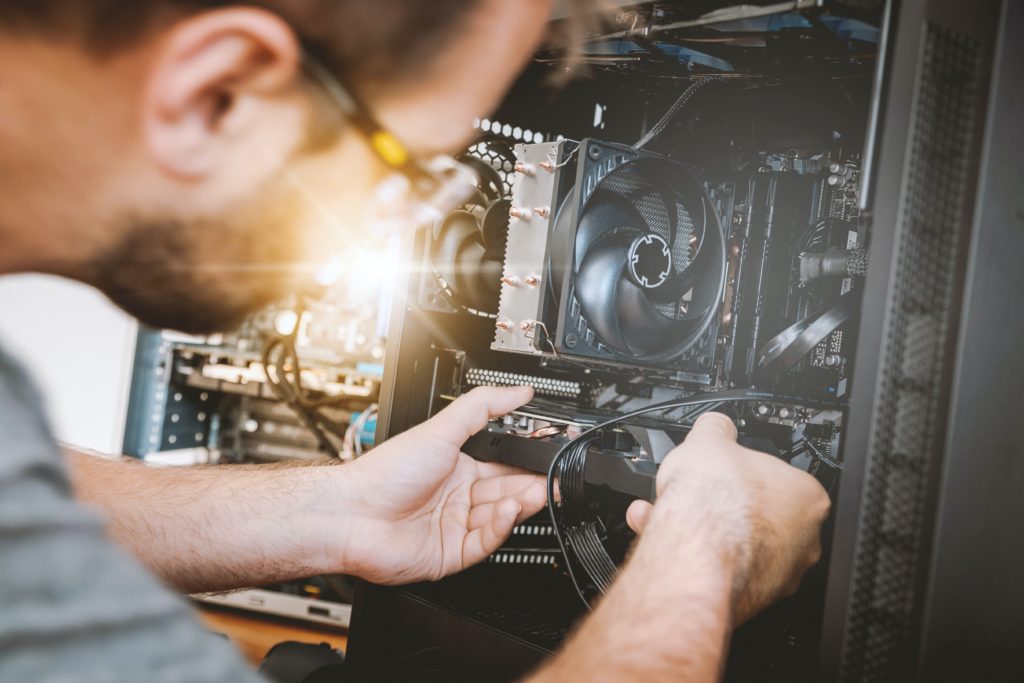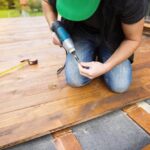One of the most common HVAC problems homeowners face is failing to maintain their units properly. A poorly maintained unit can lead to issues, from inefficient heating and cooling to higher energy bills or even dangerous outcomes like carbon monoxide leaks. While some of these problems may require the help of a professional, there are a few things that homeowners can do to try and fix them on their own. In this article, we’ll discuss the three most common HVAC problems and how to fix them.
1. Dirty Coils
The coils in your HVAC system play an essential role in heating and cooling your home. The condenser coils work to remove heat from the air, while the evaporator coils pull heat from your home and release it outside. You might ask, do I need an evaporator coil replacement? The answer is that the coils in your HVAC system need to stay clean to perform appropriately.
Dirt and debris can build up on both the condenser and evaporator coils over time, significantly reducing their efficiency. This will cause your heating and cooling systems to work harder than they should, resulting in higher energy bills and decreased comfort for you and your family.
One of the most common signs that the coils in your HVAC system need to be cleaned is an increase in energy bills. If you notice a sudden increase in the amount of money you are paying to heat or cool your home, it could be due to the dirty condenser or evaporator coils. Another sign is decreased air quality – if you start noticing issues like frequent allergies, it could be due to dirty coils.
There are a few things that you can do on your own to clean the coils in your HVAC system. If the coils are relatively easy to reach, you can try using a vacuum cleaner to remove dirt and debris from them. You may also want to consider hiring a professional for coil cleaning services – this is especially recommended if you have any allergies or asthma, as dirty coils may worsen these conditions.
2. Poorly Performing Ventilation System
Another common HVAC problem that homeowners face is a poorly performing ventilation system. The primary function of your ventilation system is to help remove stale air and odors from your home while bringing in fresh, clean air. If this system isn’t working correctly, you may notice issues like mildew growth, dampness, or unpleasant smells.
A few different things can cause poor performance in your ventilation system. One common issue is incorrect installation – if the unit weren’t installed correctly by a professional, it wouldn’t work as efficiently. Other potential causes include clogged filters or ductwork that isn’t sealed correctly.

If you suspect that your ventilation system isn’t working as well as it should, you can do a few things to troubleshoot the issue. The first thing to try is to change the filters – if they are dirty, it can reduce airflow and cause the system to work harder than it should, leading to decreased performance. If this doesn’t help, you may want to invest in professional duct sealing services to ensure your air flows appropriately through your HVAC system. Finally, suppose none of these solutions solve your ventilation issues. In that case, you may need to contact a professional for an inspection.
3. Thermostat Issues
Another common HVAC problem is an issue with the thermostat. If your thermostat isn’t working properly, it can cause issues, from decreased efficiency to uneven heating and cooling. In some cases, it may even cause your AC unit to cycle on and off more frequently than it should.
There are a few different things that can cause thermostat issues. The most common is simply a dirty or outdated thermostat. If your thermostat is covered in dust or debris, it can interfere with its ability to sense the temperature in your home accurately. This can cause it to overcompensate and either heat or cool your home more than necessary, leading to inefficiency and higher energy bills.
If you suspect that your thermostat may be causing problems with your HVAC system, there are a few things you can try before calling a professional. First, clean or replace the batteries in your thermostat if they need it. Next, set the temperature settings on your thermostat a few degrees below what you typically keep them at – this will help ensure that it turns on when needed without constantly running non-stop as an inefficient unit would do.
If none of these steps resolves the problem, it’s time to call in a professional for assistance. They will be able to thoroughly inspect your system and repair any issues with leaks or other problems that may be causing it to malfunction. With their help, you can get your HVAC unit back up and running quickly and efficiently so that you can stay cool throughout the summer months.






